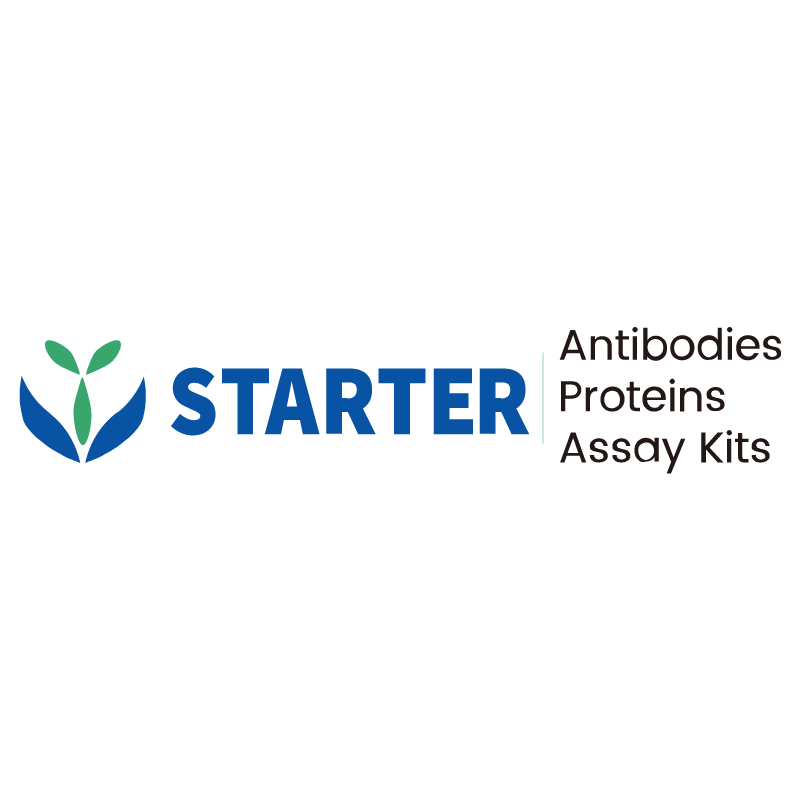Flow cytometric analysis of C57BL/6 mouse splenocytes labelling mouse CD11c antibody at 1/200 (1 μg) dilution/ (right panel) compared with a Armenian hamster IgG Isotype Control / (left panel). Goat Anti-Armenian hamster IgG Alexa Fluor® 488 was used as the secondary antibody. Then cells were stained with I-A/I-E - APC antibody (S0B1677) separately.
Product Details
Product Details
Product Specification
| Host | Armenian hamster |
| Antigen | CD11c |
| Synonyms | Integrin alpha-X; CD11 antigen-like family member C; Leukocyte adhesion glycoprotein p150,95 alpha chain; Leukocyte adhesion receptor p150,95; Itgax |
| Location | Membrane |
| Accession | Q9QXH4 |
| Clone Number | S-R518 |
| Antibody Type | Recombinant mAb |
| Isotype | IgG |
| Application | FCM |
| Reactivity | Ms |
| Positive Sample | C57BL/6 mouse splenocytes |
| Purification | Protein G |
| Concentration | 2 mg/ml |
| Conjugation | Unconjugated |
| Physical Appearance | Liquid |
| Storage Buffer | PBS pH7.4 |
| Stability & Storage | 12 months from date of receipt / reconstitution, 2 to 8 °C as supplied |
Dilution
| application | dilution | species |
| FCM | 1:200 | Ms |
Background
CD11c, also known as the integrin alpha X chain, is a type I transmembrane glycoprotein and a component of the complement receptor 4 (CR4). CD11c is primarily expressed on myeloid dendritic cells (DCs) and acts as a positive regulator in the adhesion, migration, antigen recognition, and presentation processes, leading to the activation of CD4+ and CD8+ T cells. It is not only expressed on dendritic cells but also on other immune cells such as alveolar macrophages and cells in adipose tissue. In humans, monocytes and dendritic cells can both express CD11c. Additionally, CD11c expression has been detected in a subset of gut macrophages, neutrophils during inflammation, a small fraction of B cells (mainly in autoimmune diseases), natural killer cells, and T cell subsets. In diseased brains, activated microglia can also express CD11c. CD11c forms a heterodimer with CD18, belonging to the β2 integrin family, and together with CR3 (comprising CD11b and CD18), it is involved in cell adhesion, migration, and phagocytosis. CR3 and CR4 have overlapping ligand-binding specificities and bind to various ligands such as fibrinogen or heparin. In oncology, CD11c is an important marker for diagnosing hairy cell leukemia, acute myeloid leukemia, and some chronic lymphocytic leukemias. Furthermore, the expression of CD11c is associated with liver inflammation and microglial activation.
Picture
Picture
FC


